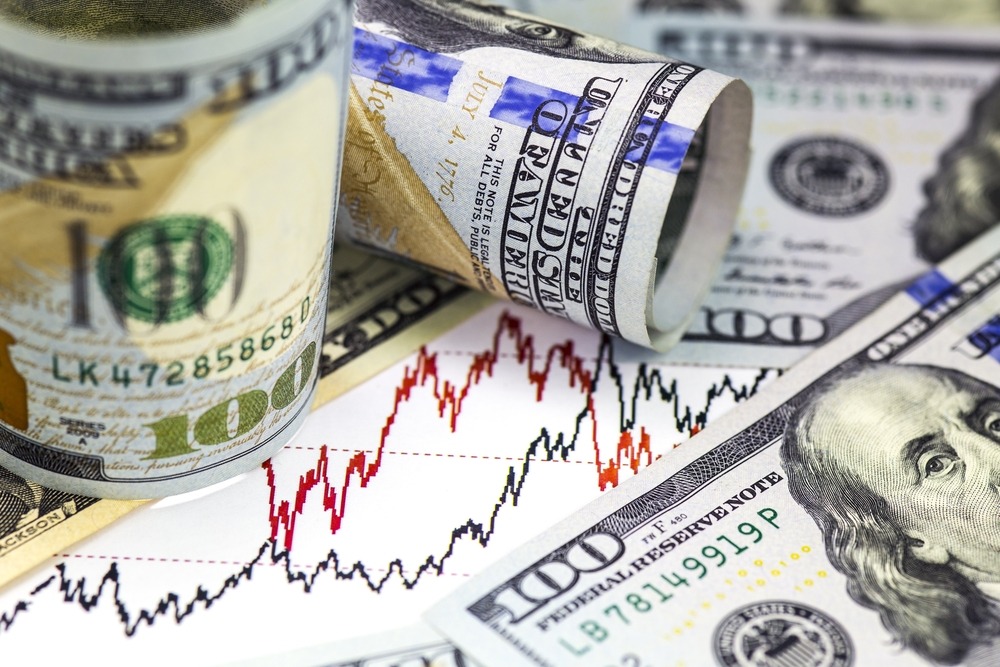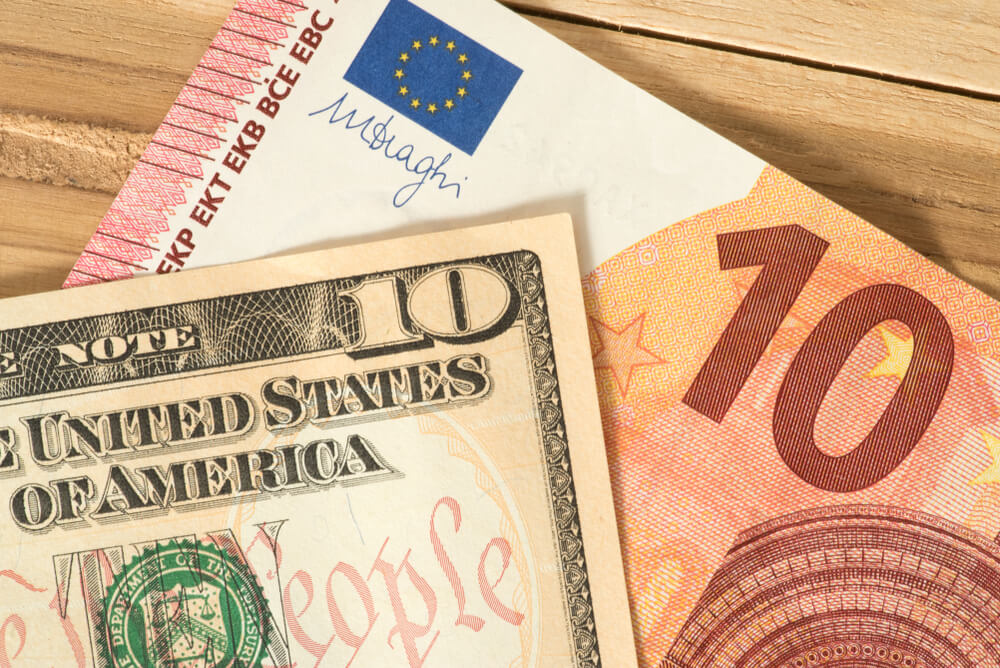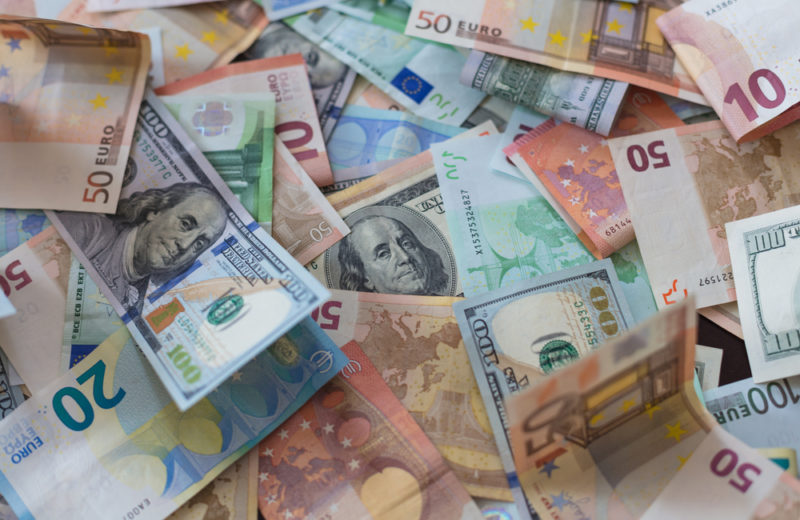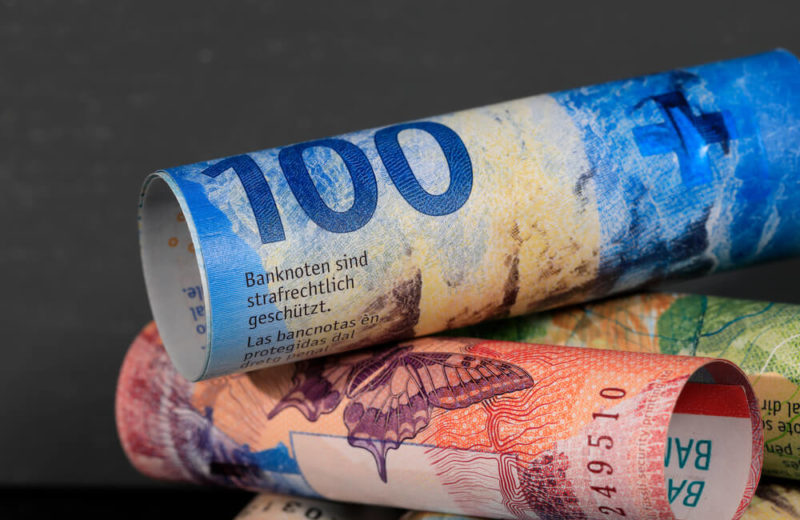The US dollar strengthened the euro following robust US housing data and as market participants eagerly anticipated Federal Reserve Chair Jerome Powell’s upcoming congressional testimony. Meanwhile, the Australian dollar experienced a decline as minutes from the country’s central bank meeting revealed considerations to keep interest rates unchanged. Additionally, the Swedish crown slipped to a record low against the euro, reflecting concerns in the property sector.
Stuart Cole, the chief macroeconomist at Equity Capital, noted the significance of the housing data, stating that it signals the market’s increased attention to the FOMC’s warning that further interest rate hikes might be necessary.
The euro experienced a slight decline of 0.03% against the US dollar, while the dollar showed a 0.44% decrease against the Japanese yen. Against a basket of six major currencies, the dollar recorded a modest 0.06% increase for the day.
Market Awaits Powell’s Testimony for Monetary Policy Outlook Clues
Market participants eagerly await Jerome Powell’s semiannual monetary policy testimony, scheduled to take place before the US House of Representatives Financial Affairs Committee. Powell’s remarks will provide valuable insights into the future of monetary policy. Potentially, it could stabilize the dollar after recent declines.
Joe Manimbo, senior market analyst at Convera, highlighted the impact of Powell’s testimony, stating that if the Federal Reserve chair reiterates the need for further interest rate hikes to combat inflation, it could support the dollar’s stability.
The Australian dollar faced a 0.93% decline, trading at $0.6786. The rate followed the release of minutes from the Reserve Bank of Australia’s policy meeting. The minutes indicated that the decision to raise interest rates in June was finely balanced, introducing uncertainty about future rate hikes and impacting the Australian dollar negatively.
Euro Slips Against Dollar, Yuan Weakens on Chinese Rate Cut
Meanwhile, the Chinese yuan slipped toward a seven-month low. China’s decision to lower its one-year and five-year loan prime rates was the first such easing in 10 months. This move aims to support the country’s slowing economic recovery. The onshore yuan closed at 7.1744 per dollar, its weakest level since November, while the offshore yuan experienced a 0.2% decline.
Chris Turner, ING’s global head of markets, highlighted Chinese authorities’ concerns about weak growth and their cautious approach to avoid re-inflating the property bubble. The market’s expectation of substantial stimulus in the property sector might not be met, contributing to the renminbi’s softness.
In Sweden, the crown depreciated by 0.8% against the euro, reaching a record low of 11.817 per euro. The currency’s decline reflects worries about the country’s property sector, which has weighed on the Swedish crown’s value.














